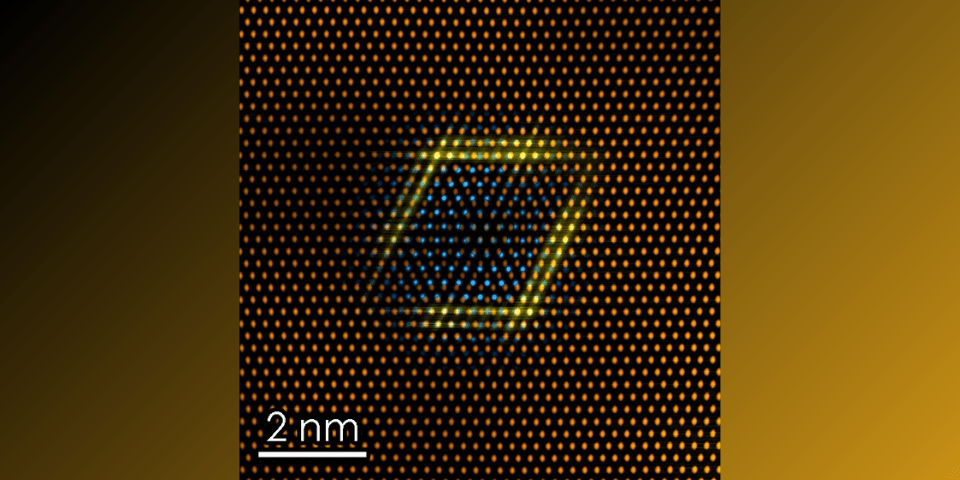ADELPHI, Md. – U.S. Army researchers, in collaboration with academic partners, invented a stronger copper that could help advance defense, energy, and aerospace industries thanks to its ability to endure unprecedented temperature and pressure extremes.
Extreme materials experts at the U.S. Army Combat Capabilities Development Command, known as DEVCOM, Army Research Laboratory (ARL), built on a decade of scientific success to develop a new way to create alloys that enable Army-relevant properties that were previously unachievable. An alloy is a combination of a metal with other metals or nonmetals.
Along with researchers at Arizona State University, Lehigh University, and Louisiana State University, ARL produced a nanocrystalline copper-tantalum-lithium alloy that can conduct electricity and heat like copper while demonstrating incredible strength and durability even at extremely high temperatures. Copper on its own has excellent heat and electricity conduction but doesn’t do well under extreme conditions needed in operational environments.


